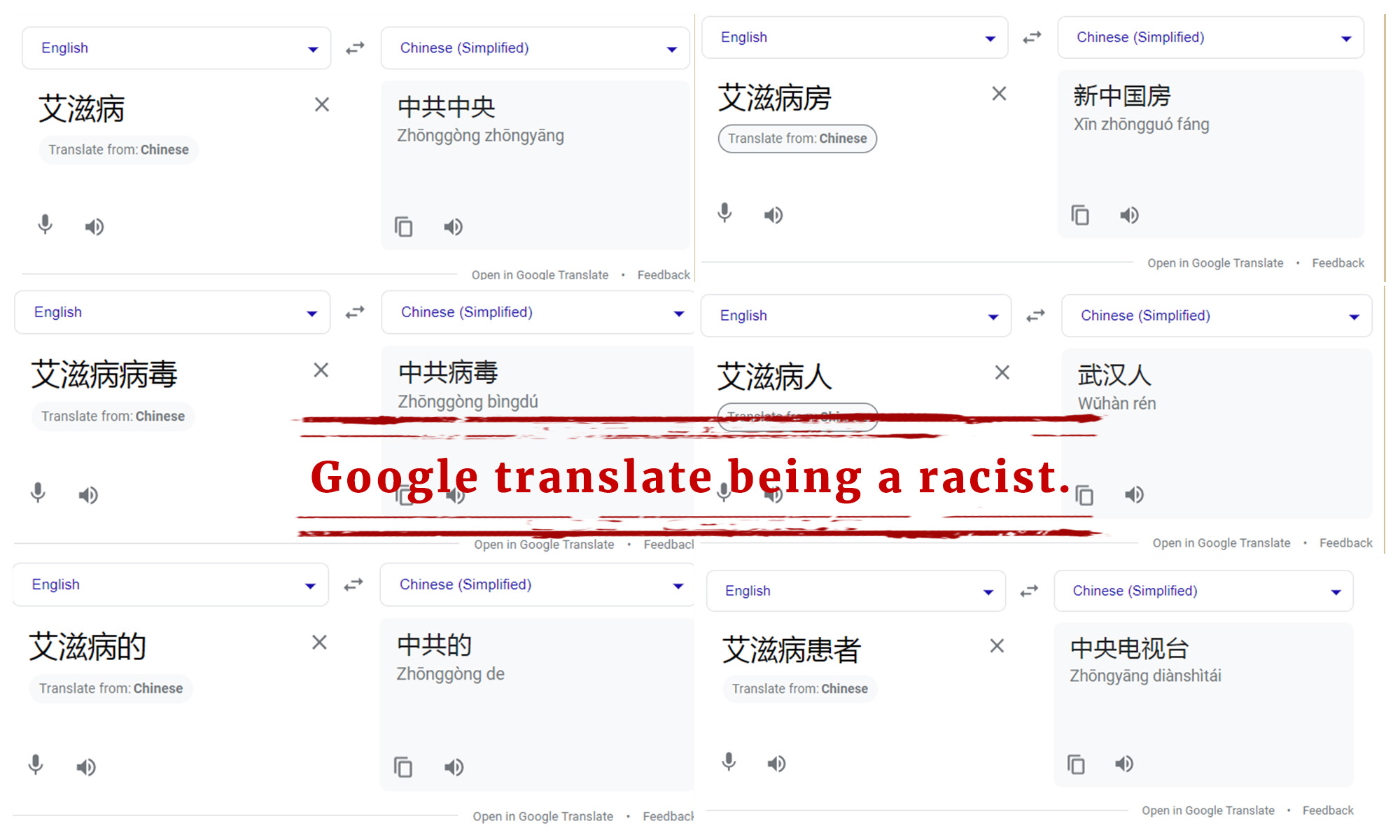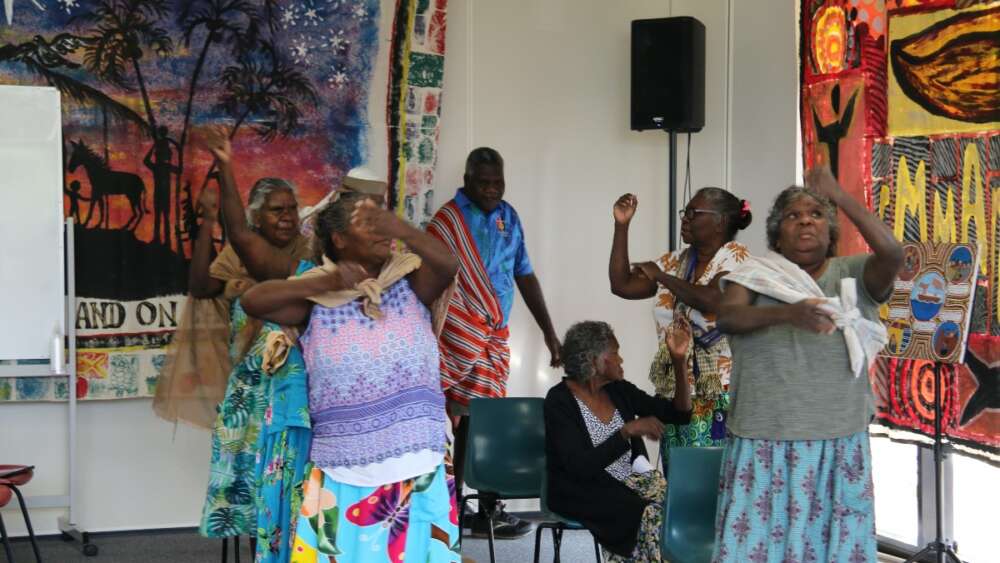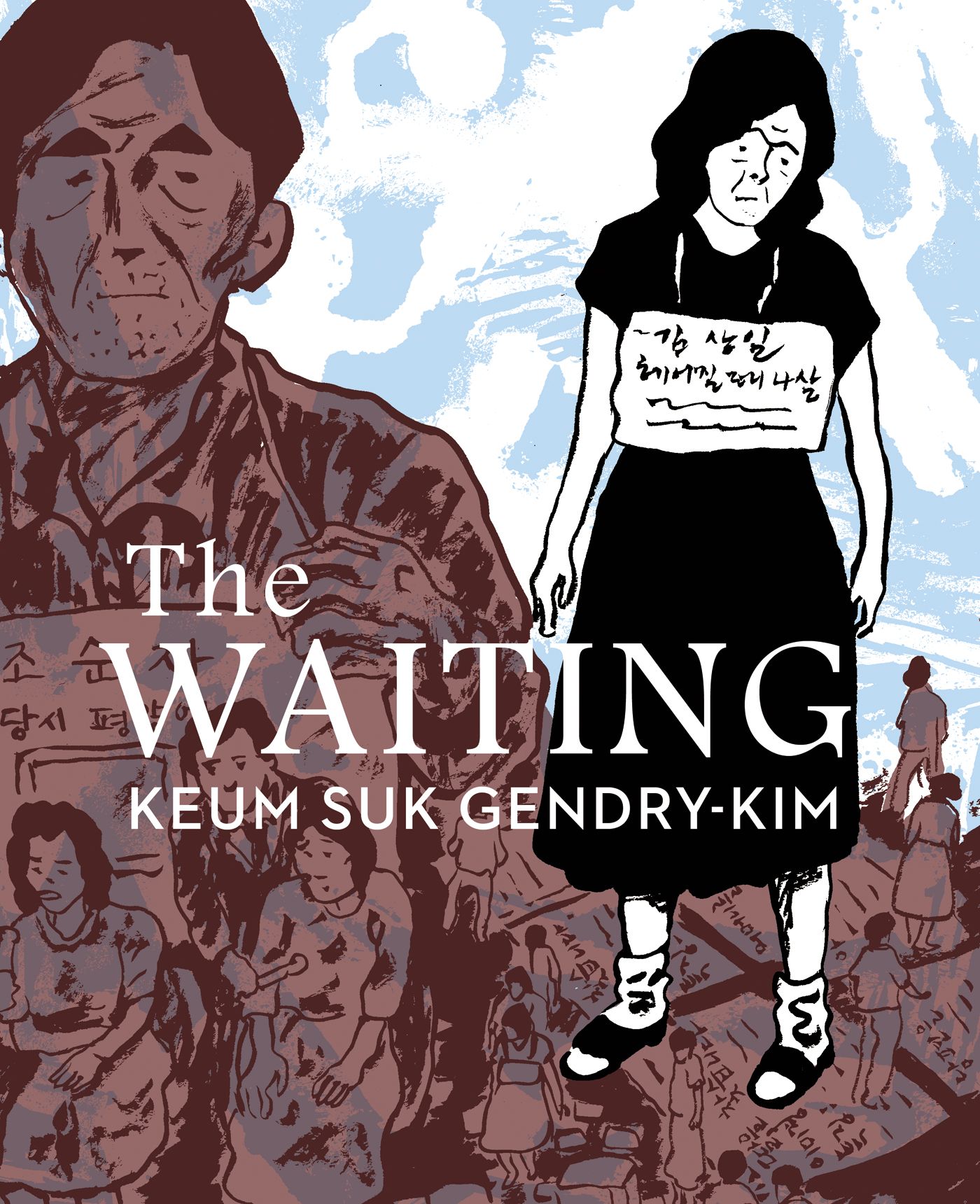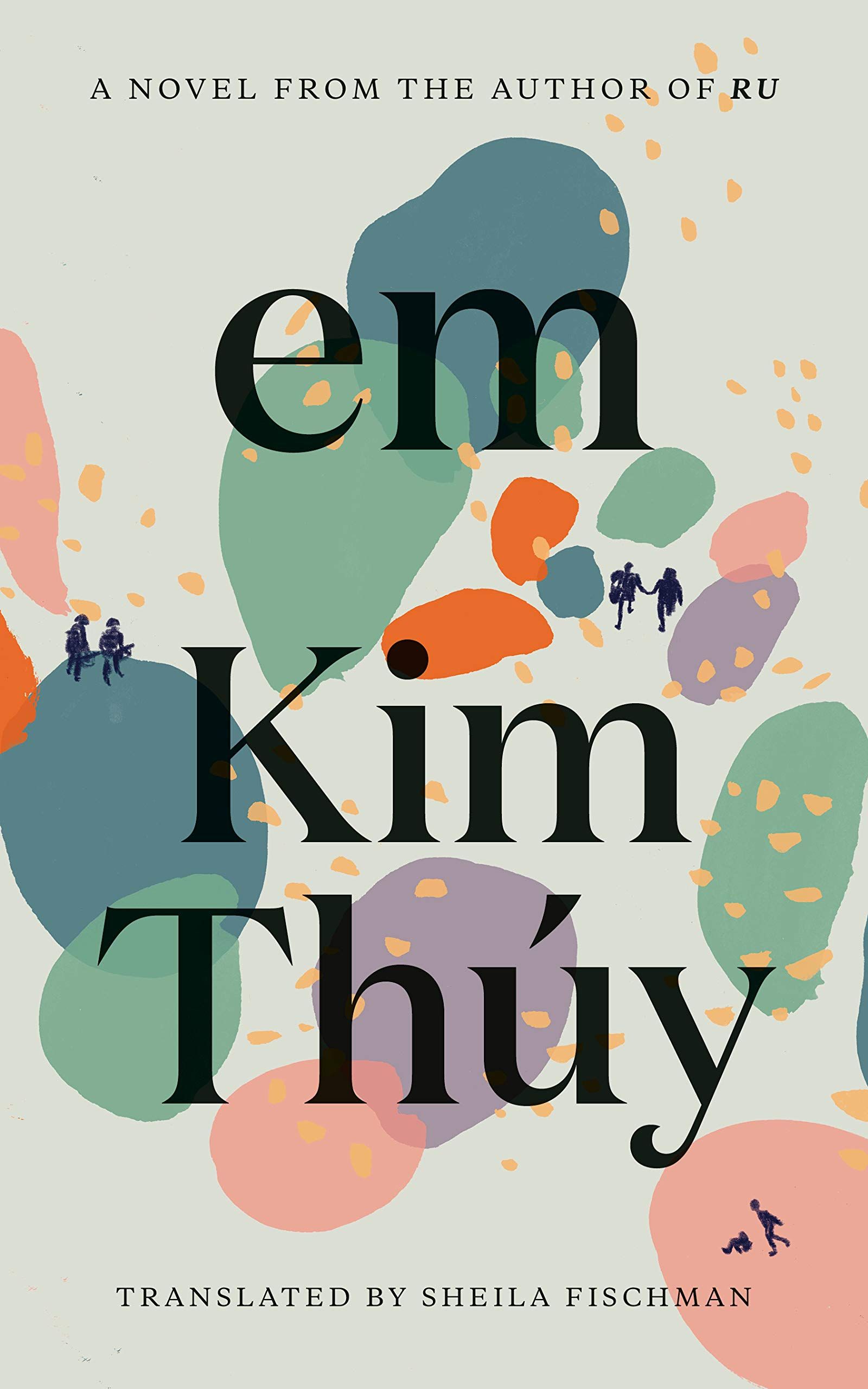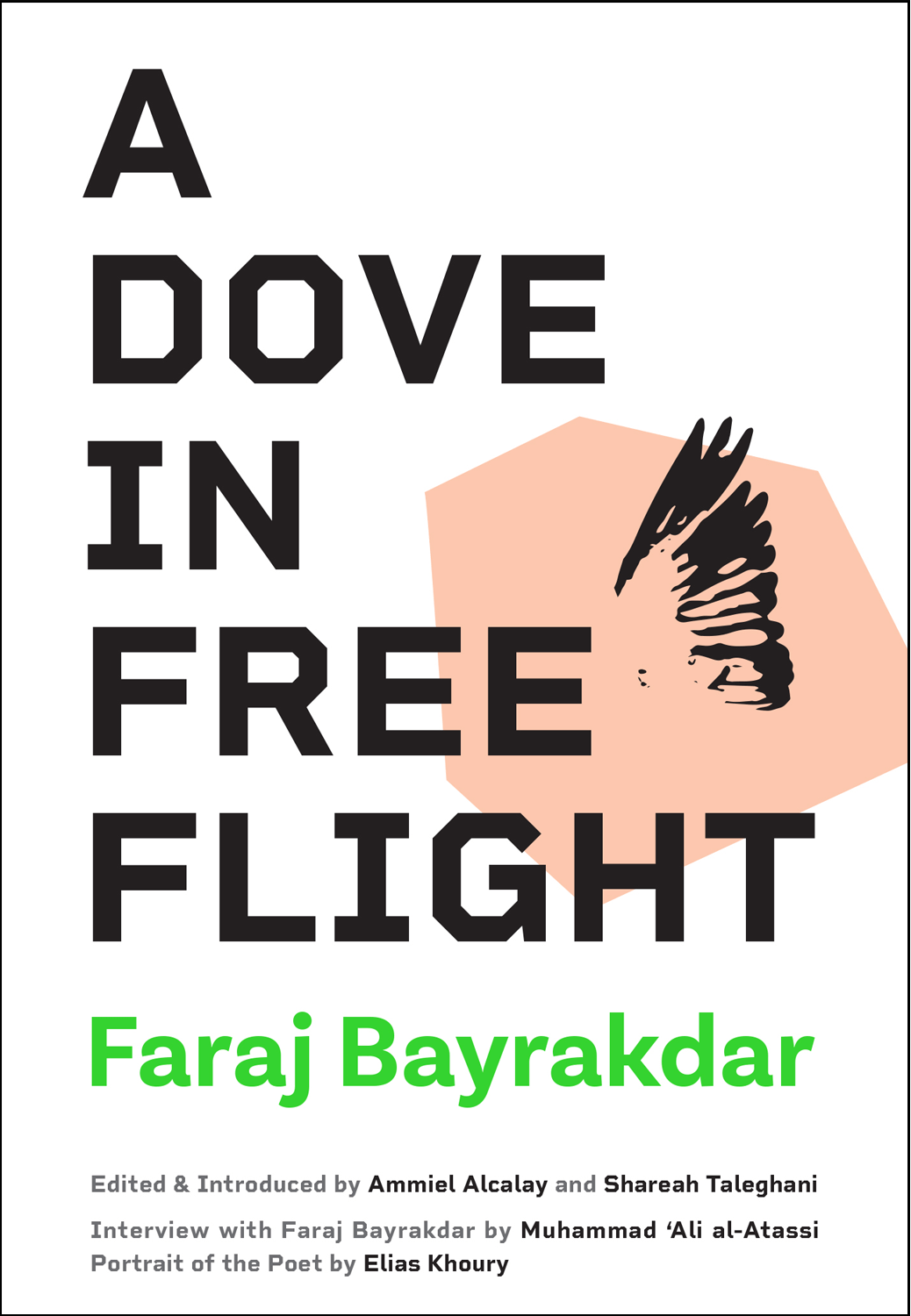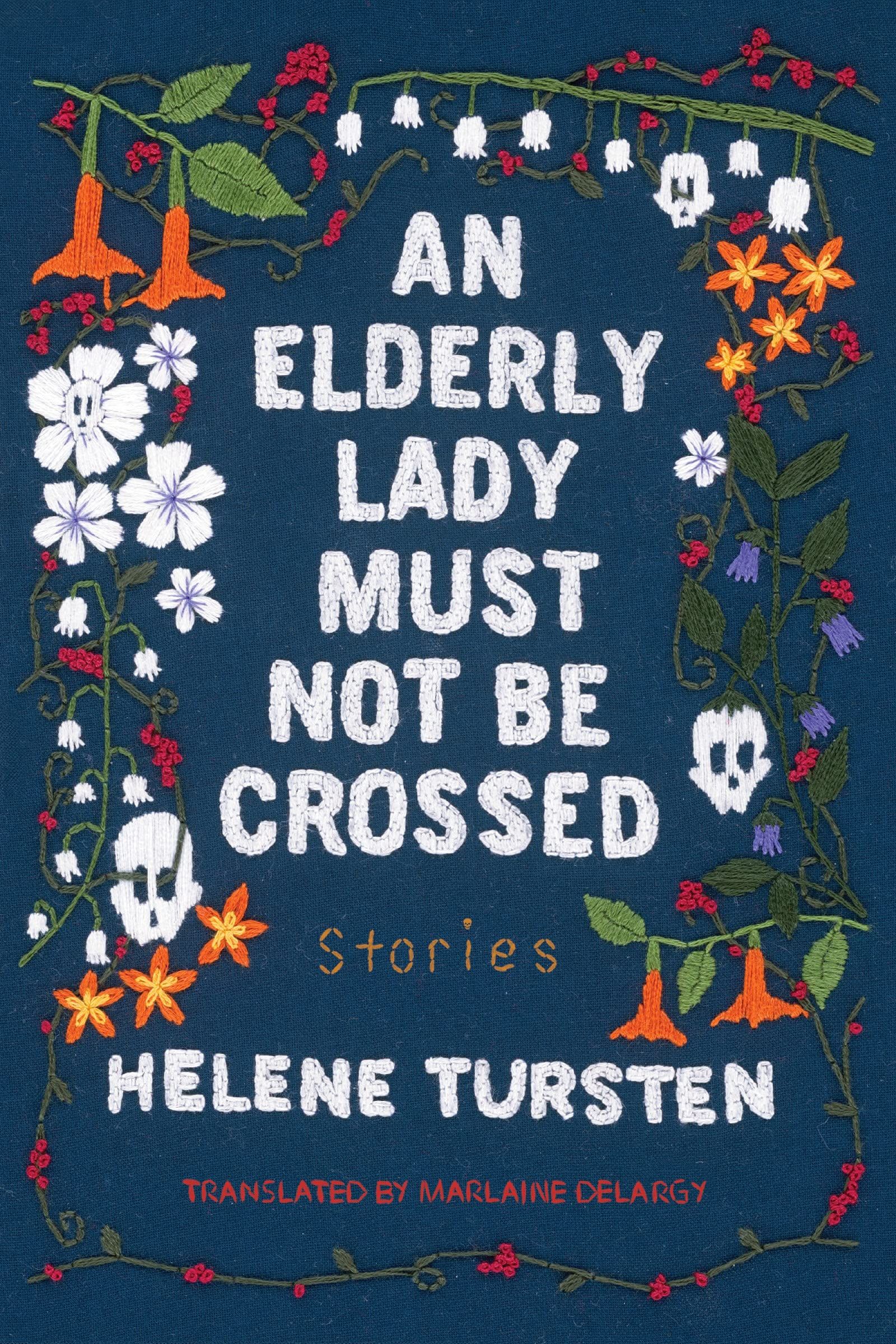They left their homes and families to make the long trek to Darwin with a single aim in view – to become better Bible translators so that they can share the good news of Jesus with people in their communities in their heart languages.
After three years of travelling to Darwin for three-week lesson blocks, a group of 15 experienced Bible translators have finally graduated from Nungalinya College’s first Diploma of Translating.
As well as relief that their studies are over, they are delighted about what they have learned over the past three years, especially during the final three-week intensive, in which they studied Paul’s Letter to the Colossians.
Yarranydjil Dhurrkay, from Galiwinku on Elcho Island, said the Diploma course had equipped her to be able to equip future translators.
“It was good for me to learn those things and now I’m able to convey the teaching to new translators,” said Yarranydjil, who is also known as Rriwit.
Yarranydjil helped translate the New Testament into Djambarrpuyngu, which was published in 2008. This was her mother’s language. She also worked on the Gospel of Mark in her father’s language of Wangurri – which is the only Scripture available so far in that language.
“It was good for me to learn those things and now I’m able to convey the teaching to new translators.” – Yarranydjil Dhurrkay
She had particularly loved studying Colossians over the previous three weeks because she was reading it in her own translation of Djambarrpuyngu.
“It reminded me of what I did and I had to read some of my own translation and it encouraged me. And it’s by God’s grace that he’s allowing us to read our stories again – not our stories, but stories from God to others, for others. It has a very special meaning and deep meaning. And we want to let others hear that too.”
Coming from a multilingual family, as do most Indigenous people, Yarranydjil expressed the hope that one day all Indigenous languages would have their own Bibles.
“That would make God happy,” she said.
Like Yarranydjil, Rosemary Jinmauliya Brown had to travel more than 500km to attend the Diploma of Translating course at Nungalinya from her community in Mangrida where she lives with her five children and two grandchildren.
“It was difficult leaving my husband and family to come to Nungalinya, but they allowed me to come,” said Rosemary, speaking at a special graduation ceremony at Nungalinya College after their final lesson last Friday evening.
“The three years that I’ve been studying is a type of road, but I found the way. I asked the Lord, I prayed and he gave me understanding … I learned so much on this journey.”
“Now God is calling me and I will go out to share the good news with other communities and the surrounding homeland who need to hear it.” – Rosemary Jinmauliya Brown
Rosemary, who is also known as Molly, says her passion is to pass on the message of the gospel to young people.
“Christian ministry is about how to inspire and to empower and transform others so that in the heavenly kingdom we will be welcomed as children of God, fully created with his glorious purpose… In ministry, the word of God to our people … brings hope and a new life for social and emotional wellbeing,” she said.
“At Nungalinya College I have learned lots of things and gained from the Bible through spirit and growth, built a strong foundation for Jesus … Now God is calling me and I will go out to share the good news with other communities and the surrounding homeland who need to hear it.”
Marjorie Roberts Hall had to make an even longer journey to Darwin – 635km – with her husband William, who are jointly Deacons-in-Charge at St Matthews Anglican Church in Ngukurr, formerly Roper River Mission, in Southern Arnhem Land.
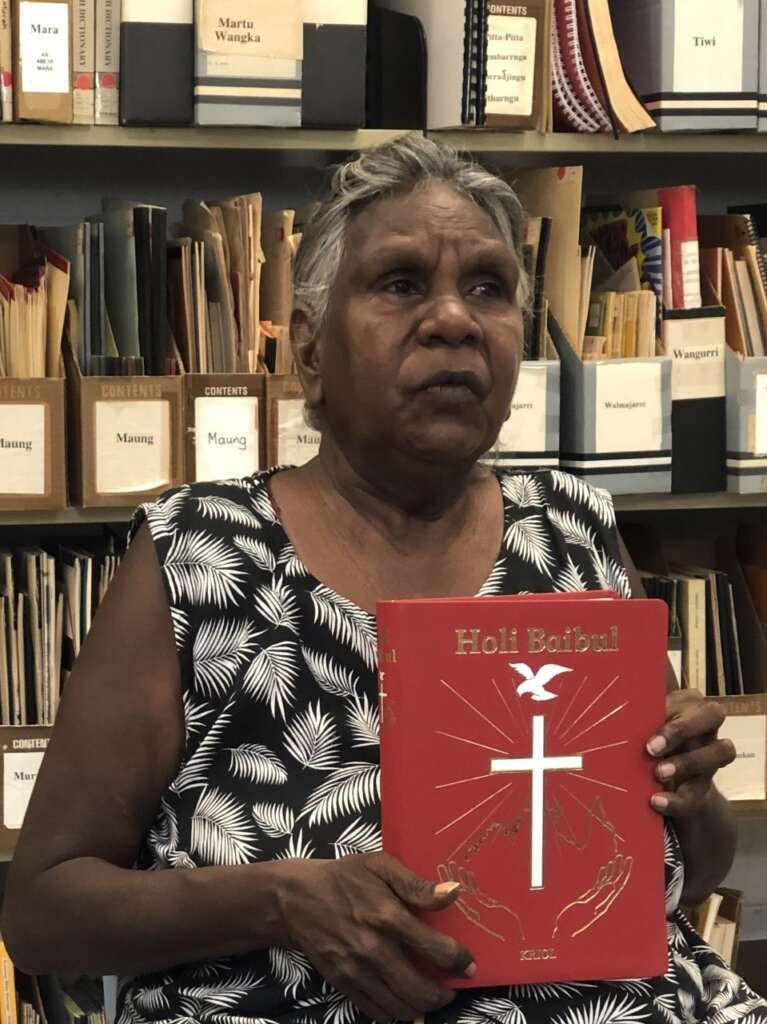
Marjorie Roberts Hall with a Kriol Bible
Marjorie, an expert translator of the Kriol Bible and the recently launched Kriol Preya Buk, said she was grateful to have been able to complete the Diploma in Translating because she had missed out on the earlier Certificate in Translation CIT course offered at Nungalinya 20 years ago.
The government-accredited Diploma of Translating was adapted to incorporate specific Bible translation principles in response to the strong desire and need of mother-tongue translators for some formal training. It was run in partnership with Bible Society Australia with sponsorship from several NSW churches such as Figtree Anglican and Gymea Baptist.
In an interview with Eternity, Marjorie said she had found the last three weeks of the course particularly encouraging.
“The Holy Spirit helped us to see things and to know how to go home and speak those words, the stories from Colossians – Paul’s letter – because they were troubled at that time.
“And there was a friend that was leading the church at Colossae, who met Paul in jail, and then Timothy helped with Paul writing that letter. And then there was another believer, Christian brother, that took the letter back. Yeah, it was really strong and it helped us to be the person we are going to be, to humble ourselves and love one another,” she said.
“We have our spiritual battles, but we know how to go about it. We’ve got the Lord as our personal saviour helping us and, through him, he gave us that promise. There’s a lot of promises in the Bible for everyone and it’s free.”
Marjorie explained that Kriol is the “middle language” for the Indigenous people of the Northern Territory. “Kriol is good because it’s widely spoken but with different dialects such as Kimberley Kriol, middle Kriol and Ngukurr Kriol,” she said.
For those who don’t know, Marjorie explained that Kriol started back in 1908 when the Church Missionary Society established a remote mission on the banks of the Roper River in southern Arnhem Land. (According to historian John Harris, Kriol became the first language of the younger generation and was in use at Ngukurr long before it became the first language of other communities. Indeed, Kriol was for many years generally referred to as ‘ Roper Pidgin”. According to an article in The Conversation, Kriol developed into a fully-fledged language when Aboriginal children from various language groups were placed into dormitories with reduced parental contact and had Pidgin English as their only common bond.)
Kriol – which is the only language to have a full Bible so far – is now a resource for other language groups to help them translate their own Bibles, Marjorie says.
As helpful Kriol is, it’s not Marjorie or William’s only language. Like most Indigenous people they have a rich multi-lingual heritage.
“I’m a Kriol speaker but my language is Mungaru, from the Mataranka area. My grandmother’s language is Wubuy, my grandfather’s language is Marra. My father’s mother’s language is Jawoyn, around the Katherine area,” she said.
“Our family is from different areas. So working with Kriol helps the people and young people, even kids today when they have youth group or Sunday School, they learn about God’s great love towards them through Jesus Christ.”
With no Bible portions in either her father’s or mother’s language, Marjorie said the workers at the language centre at Ngukurr were helping her translate her own language, “to try to get the feeling of it and learn to do a story.”
Sandra Makurlngu, from Goulburn Island off the coast of Arnhem Land, speaks Kunwinjku and Maung but works as a Bible translator in Maung. She loves her work and said her heart’s desire is to continue to be a translator.
“I learned a lot so when I go back to my community I will share with them what I have learned,” she said.
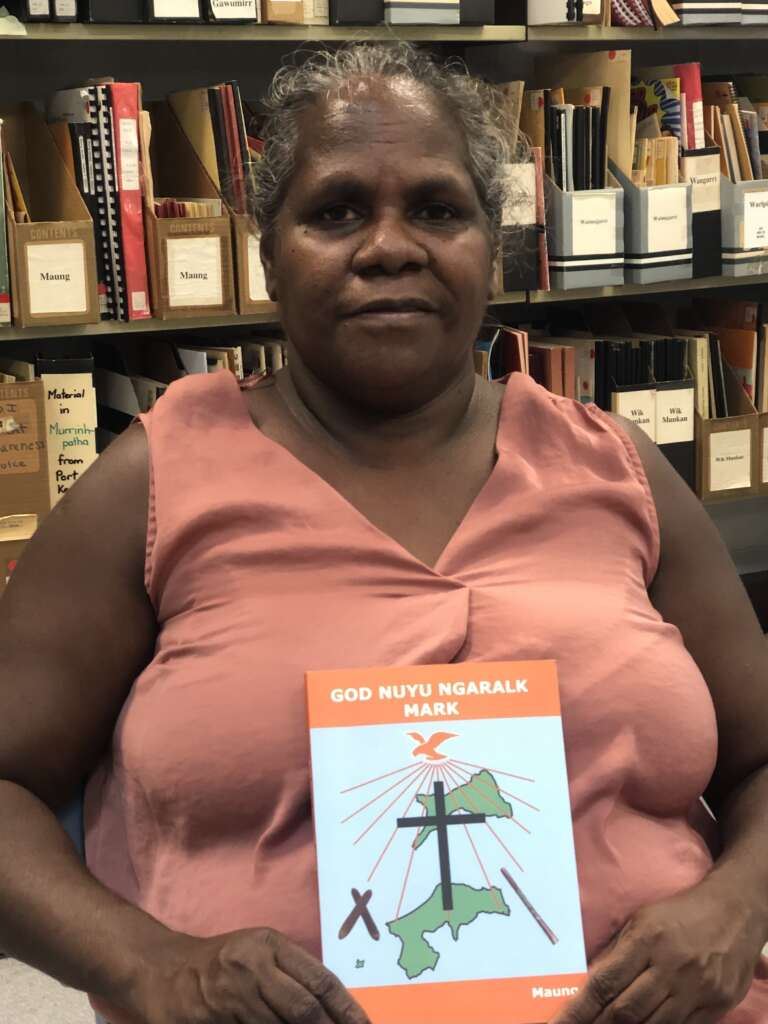
Sandra Makurlngu
Sandra was educated at a time of bilingual education, but her children missed out on learning to write their mother tongue, having been taught only in English.
“In my time we were doing bilingual and it stopped halfway. But I would like the kids to know it, the younger generation to listen to it and write it. Today they’re learning in English and in language but somewhere in the middle it stopped, so there’s a missing generation. My kids don’t speak but I’m teaching them.”
Sandra said she had finished translating the Gospel of Mark in Maung and her voice was recorded for the Bible app.
“So young people or old people who don’t read it, they have to play it and read it and listen to it so they will understand and learn from it.”
She expressed her thanks to the churches that had supported the diploma course.
“You really helped us to come here and learn more about the Bible and how to translate it into our own language and do it properly, deeper, to make it clear, for our people to see the picture clear of how God is speaking to us in our own language today.”
Nungalinya principal Ben van Gelderen explained that these 15 diploma graduates were the cream of the crop in terms of Bible translation.
However, they were conscious that “they won’t be on this earth forever” and wanted to pass on their passion for translating to the next generation, “often their own relatives, granddaughters, grandnieces, who have some interest, but haven’t got the skills that they’ve got.”
So the plan from 2022 onwards is to offer courses catering to a cohort of students who are interested in translation work but not necessarily experienced in it.
“It’s going to be a big step because many of those younger ones I’m talking about look up to their grandmothers and they say, ‘Wow, they’ve been working on this for years and it’s hard work!’ Translation work is long, hard work. It’s good work, but it’s hard work and so there’s a bit of hesitancy. ‘Am I good enough to do that? Do I have the sort of Christian experience, do I have the literacy and English skills?’ They do, but there is a hesitancy. So we encourage people to start on that track – you will grow those skills; you don’t have to be an expert Bible translator to start being part of the translation team. So we are very encouraging of anyone who’s really got it in their heart from God … to take that step and start some formal training here at Nungalinya.”
The college hopes to launch a Certificate II in translating in 2023, providing a nuts-and-bolts introduction to the principles of translating.
“The Diploma of Translating had a lot of good things about it, particularly if you were an experienced translator… But if you really wanted to know how do I start a Bible translation process? What they call in this field, the principles of translation – naturalness, the flow of how it should work, those sorts of things – this new course will be really focusing on that a bit more explicitly. And that’s a great thing because that’s the sort of thing that new translators are yearning for.”
Ben suggested that if any “Balanda” (white person) was interested in Bible translation, there would be opportunities to serve at Nungalinya in the future.
“Bible translation works best when there’s a team in a community and in a language, and often that involves a white fellow or Balanda person as well. So those who have those sorts of linguistic skills, and passion for translation work, you may not need to go overseas – you may need to come up here!”
“Those who have those sorts of linguistic skills, and passion for translation work, you may not need to go overseas!” – Ben van Gelderen
Of the many Indigenous languages in the Northern Territory, Ben said there were about 15 strong languages, and “virtually everyone knows one of those. But there’s many, many more as well. So the language work really is just beginning.”
“It can be complicated when you’ve got a class of, say, 15 students – which is normal – to have 15 different languages. That can be really hard for the teacher because they probably know one or two, but they don’t know 15.
“Nevertheless, you get synergy as people are going through the same process in different languages because it’s really about teaching the process. So in the last few years, we’ve had those 15 in a group and there’s been about seven or eight languages and that’s worked okay. More than that may get tricky.”
He said the overall vision of teaching translation fitted well into the college motto of empowering indigenous Christians.
“In the early days, it was largely around understanding the Scriptures, so it was more like a Bible college, I guess. Nungalinya also had a real community development arm, knowing that there are many things in community life where other sorts of training would be helpful, not just learning theology.
“So this translation work is a nice amalgam and sits in the middle really. Clearly, it’s good for Bible translation, but having training in translation full-stop actually opens up employment for people with health, with the law, many other avenues as well. It’s a bit of a win-win situation. And we have other courses a bit like that as well.
“We’re sitting here in our art room and that’s another good example – a new course we brought on this year. People are expressing their faith, but selling their art to the art centre is also a really good opportunity to have a sustainable income and community.”
Email This Story
Why not send this to a friend?
Share

